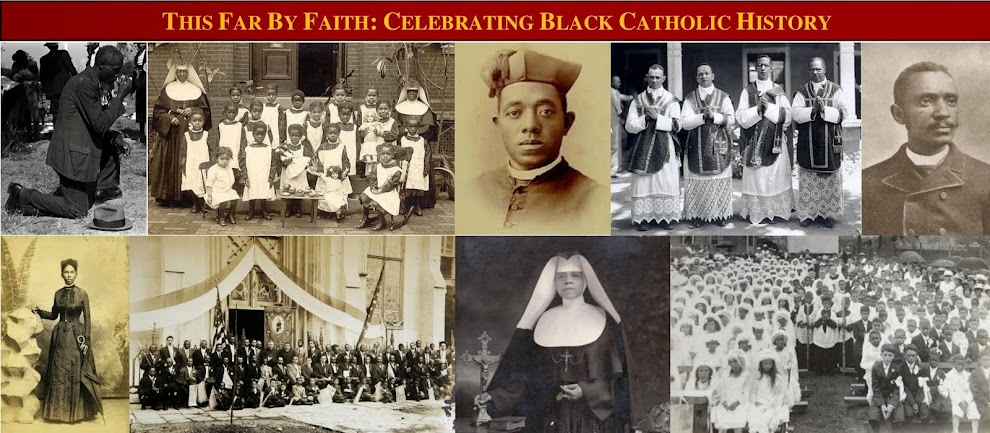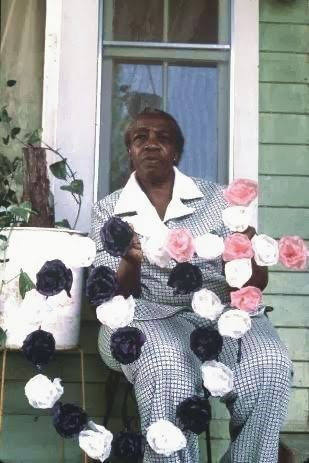Dr. Daniel Hale Williams (1858-1931) - Eminent Surgeon
Dr.
Daniel Hale Williams was born January 18, 1858 in Hollidaysburg, County,
Pennsylvania, to Daniel Williams, a free black barber, and Sarah Ann Price.
While still young, his family moved to Annapolis, Maryland where he attended
the Stanton School. Upon the death of his father, he lived with various
relatives before settling in Jamesville, Wisconsin. In Jamesville, he was able
to pursue his high school education and graduate from Hare’s Classical Academy
in 1878. He studied as an apprentice under Dr. Henry W. Palmer, a prominent
surgeon, for two years and in 1880 entered Chicago Medical College. After
obtaining his doctorate in medicine in 1883, he opened his private practice in
Chicago, Illinois. In 1891, he collaborated with Miss Emma Reynolds to found the
Provident Hospital and Nursing Training School in 1891.
Dr.
Williams earned lasting renown as s a surgeon on July 10, 1893 when he
successfully performed pericardium surgery on a young man named James Cornish
who suffered from stab wounds. While serving as surgeon-in-chief at Freedmen's
Hospital in Washington, D.C., he helped organize the National Medical
Association (NMA), which was, at the time, the only national organization open
to black physicians. He was selected to serve as its first vice president. In
1898, he married Alice Johnson, a school teacher from Washington D.C., and they
returned to Chicago. Upon his return to Provident hospital, he performed
another remarkable operation in 1902, successfully suturing a patient’s spleen.
He continued to develop his private practice in Chicago and to expand his
involvement in community affairs. He continued at Provident until 1912, when he
was appointed staff surgeon at St. Luke’s Hospital in Chicago. He continued to
practice medicine until he suffered a stroke in 1926. He then moved to the
African American vacation community of Idlewild, Michigan, where he lived in
retirement until his death on August 4, 1931.
Dr.
Williams’ mother had converted to Catholicism after his father’s death in 1867.
She sent two of his sisters to study at Saint Frances Academy in Baltimore,
which was conducted by the Oblate Sisters of Providence. On November 26, 1930,
he was baptized conditionally by Father Joseph Eckert, S.V.D., as there was
question as to whether he had ever been baptized. In his will, Dr. Williams
gave half of his estate to charity, with the largest bequest going to the
N.A.A.C.P. Among the many other recipients was Saint Elizabeth’s Church in
Chicago, to which he donated $2.500.00. Saint Elizabeth’s is considered to be
the mother church of Black Catholics in Chicago. On August 8, 1931, he was
buried from Saint Anselm’s Church in Chicago. In his eulogy, Father Gilmartin
remarked “He was an honor to his country and his church; a credit to the people
from whom he sprang; a blessing to all humanity.”
Sources:
“Dr. Daniel Hale Williams,” The Provident Foundation,
http://www.providentfoundation.org/history/williams.html; Chicago Defender, 15
August 1931, page 14; Afro-American (Baltimore), 22 August 1931, page 1.




